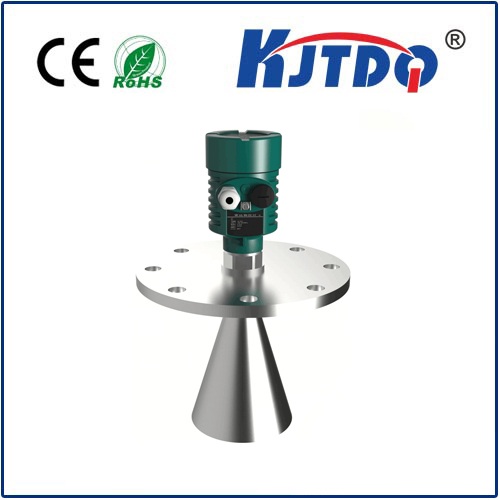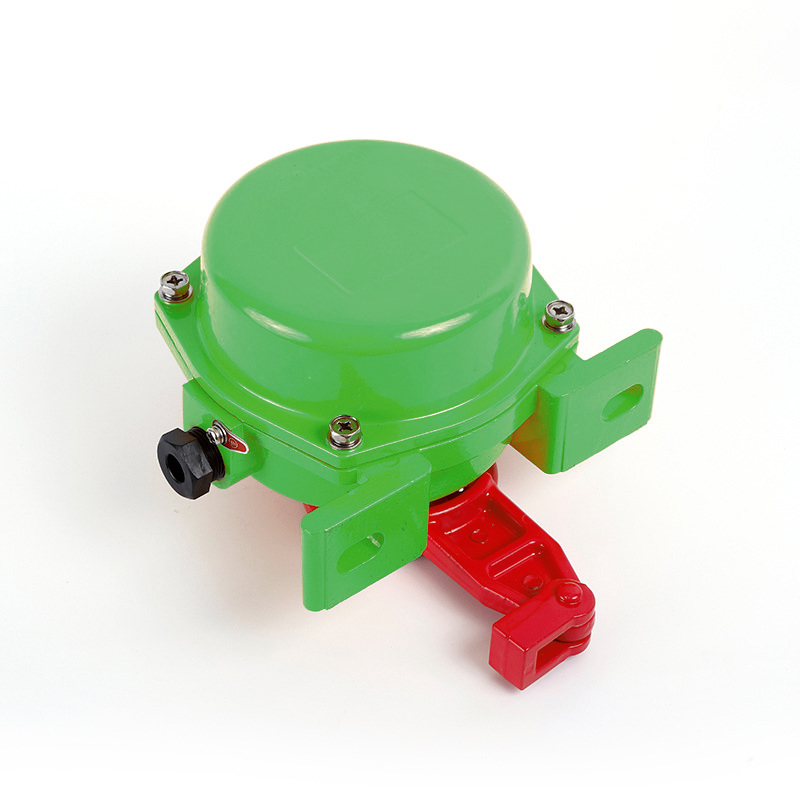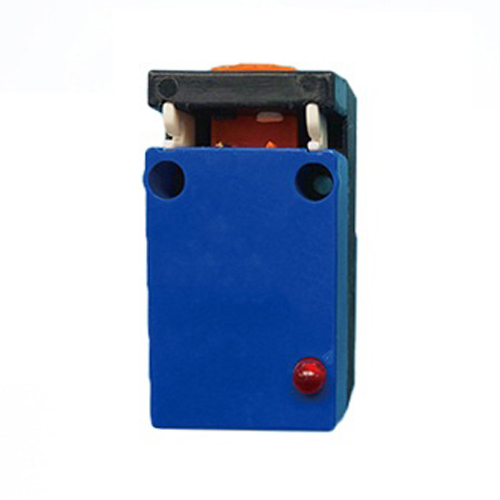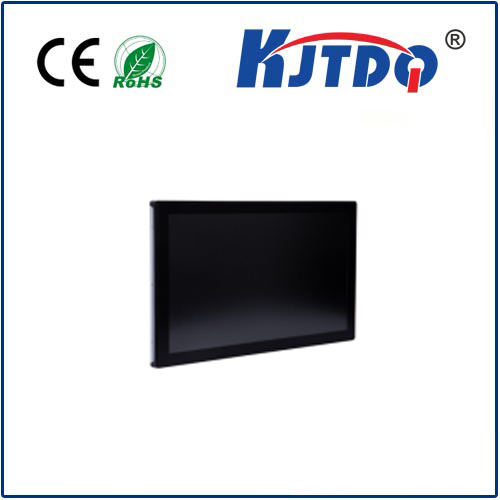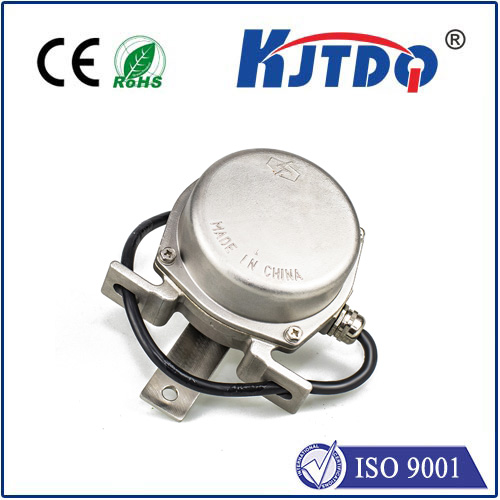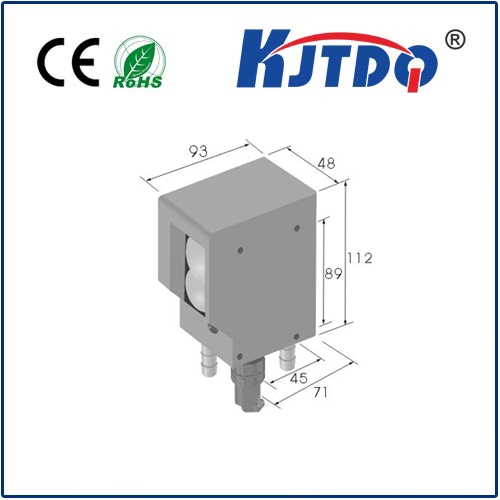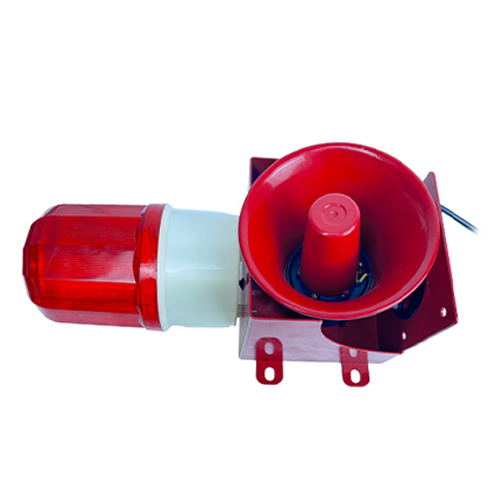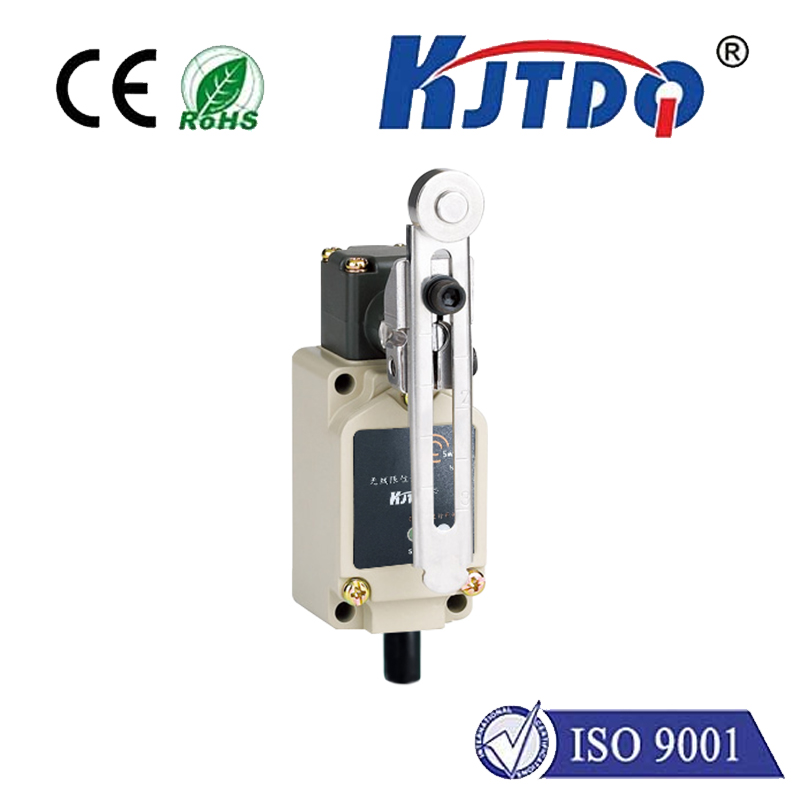limit switch 10a 500v ac
- time:2025-09-14 02:49:15
- Click:0
Limit Switch 10A 500V AC: The Robust Sentinel in High-Power Circuits
In the high-stakes world of industrial machinery, automation systems, and heavy equipment, an unexpected movement or an object reaching an unsafe position isn’t just inconvenient – it can be catastrophic. This is where the limit switch, a fundamental yet critical component, steps in as the reliable mechanical sentinel. And when the demands involve controlling significant electrical power – think large motors, heaters, or solenoids – the limit switch 10a 500v ac emerges as an essential workhorse. Understanding its capabilities is crucial for ensuring safety, precision, and longevity in demanding environments. Unlike their miniature counterparts, these robust switches are engineered to handle substantial currents and voltages reliably, day in and day out.
What Exactly is a Limit Switch?
At its core, a limit switch is an electromechanical device. It detects the physical presence, absence, or position of an object (often called the “target” or “actuator”) through direct mechanical contact. When the target makes contact with the switch’s actuator arm (lever, roller plunger, rod, etc.), it triggers an internal mechanism that changes the state of its electrical contacts. This simple action provides a vital signal to a control system: “Something has reached this point.”
The switch operates with fundamental contact configurations:
- Normally Open (NO or Form A): Contacts are open (no current flows) when the switch is in its resting state. Contact is made when the actuator is pressed.
- Normally Closed (NC or Form B): Contacts are closed (current can flow) when the switch is resting. Contact is broken when the actuator is pressed.
- Changeover (CO or Form C): Combines both NO and NC contacts in a single switch, providing both options simultaneously.
Deciphering “10A 500V AC”: The Mark of Power Handling

The specifications “10A 500V AC” are not arbitrary; they define the critical electrical boundaries within which this limit switch operates safely and reliably:
- 10A (10 Amperes): This signifies the maximum continuous current the switch’s contacts can safely carry and interrupt under its rated voltage. Ten amps is substantial power – sufficient to control larger motors, powerful solenoid valves, heating elements, and industrial lighting circuits common in factories, material handling systems, and process control equipment. Exceeding this current risks contact welding, arcing, overheating, and ultimately, premature switch failure or fire hazard.
- 500V AC (500 Volts Alternating Current): This denotes the maximum operating voltage (specifically for Alternating Current circuits) the switch can safely handle between its contacts and from its contacts to ground/its body. The 500V AC rating covers common industrial three-phase voltages (like 380VAC or 480VAC) and is essential for systems operating above standard residential levels. It ensures safe isolation and prevents dielectric breakdown – a dangerous arcing through insulation – at these higher voltages. Remember: AC voltage ratings are typically lower than DC ratings for the same switch due to the nature of AC current crossing zero and reigniting arcs; using a switch rated only for AC in a high-voltage DC circuit can be extremely hazardous and is strongly discouraged unless explicitly rated for it.
- AC Specificity: The “AC” designation is crucial. While some robust switches might handle both AC and DC, their performance differs. The switching capability (breaking the circuit) of a 10A 500V AC switch is specifically tested and guaranteed for alternating current loads. Using it for DC loads, especially approaching its AC ratings, requires careful consultation of the manufacturer’s datasheet for the derated DC capacity, which is almost always significantly lower.
Why Choose a 10A 500V AC Limit Switch? Key Applications
The robustness defined by 10A 500V AC ratings makes these switches indispensable in scenarios demanding high reliability under electrical and mechanical stress:
- Industrial Machinery: Serving as end-of-travel stops for large machine slides, presses, and robotic arms, preventing over-travel damage.
- Material Handling: Detecting pallet position on heavy-duty conveyors, triggering sorting gates, or acting as emergency stop triggers on automated guided vehicles (AGVs) where large drive motors are controlled.
- Access Control: Ensuring safety doors & guards on high-power equipment like industrial ovens, furnaces, or large presses are securely closed before operation can commence (interlock switches).
- Process Control: Monitoring valve positions or actuator strokes in chemical processing or power generation plants.
- Elevators & Hoists: Providing precise landing zone detection and over-travel safety backup systems controlling significant hoisting motors.
- Heavy Vehicles: Used in construction equipment, agricultural machinery, and mining vehicles for position sensing on booms, buckets, or access panels.
Beyond the Ratings: Essential Selection Criteria
While 10A 500V AC defines the electrical core, selecting the right switch involves considering:
- Actuator Type: Lever (standard, roller), roller plunger, rod, wobble stick, or flex rod? This determines how the target interacts with the switch and its suitability for the specific motion/force applied.
- IP Rating (Ingress Protection): Critical for the operating environment. IP65, IP67, or IP69K ratings are common for industrial settings, offering protection against dust and water jets or immersion. Harsh environments demand higher IP ratings.
- Contact Configuration: Do you need NO, NC, or CO (changeover)? This depends on the logic of your control circuit (e.g., safety circuits often use NC contacts).
- Mechanical Life: Rated in millions of operations. Industrial applications demand high mechanical durability (5 million+ operations is common for quality switches).
- Electrical Life: Rated in operations under load. Breaking a 10A load repeatedly requires contacts designed for durability. Expect values in the 100,000s to 1,000,000s depending on the specific load and switch quality.
- Housing Material: Robust metals (zinc alloy, stainless steel) or engineered plastics? Metal offers superior protection and heat dissipation in demanding settings.
- Operating Temperature Range: Ensure it covers the ambient conditions of the application.
Safety and Reliability: The Non-Negotiables
The limit switch 10a 500v ac is fundamentally a safety and control device. Its primary roles often involve preventing machine damage, protecting personnel, and ensuring process sequences operate correctly. Choosing a switch manufactured to rigorous standards (like IEC 60947-5-1) is paramount. Over-specifying the ratings (e.g., using a 10A switch for a 5A load) is often wise for enhanced longevity and reliability, especially in critical applications. Conversely, underspecifying the current or voltage rating is a recipe for dangerous failure. Regular inspection and maintenance are vital; worn actuators or contaminated contacts can compromise the very safety the switch is meant to provide.
The Indispensable Guardian
Far more than just a simple mechanical trigger, the limit switch rated for 10A 500V AC stands as a testament to robust engineering. Its ability to operate reliably under significant electrical load and higher voltages makes it the cornerstone of safety and precise control in countless industrial applications. Whether halting a multi-ton press at the exact end of its stroke, confirming a safety gate is locked on hazardous






